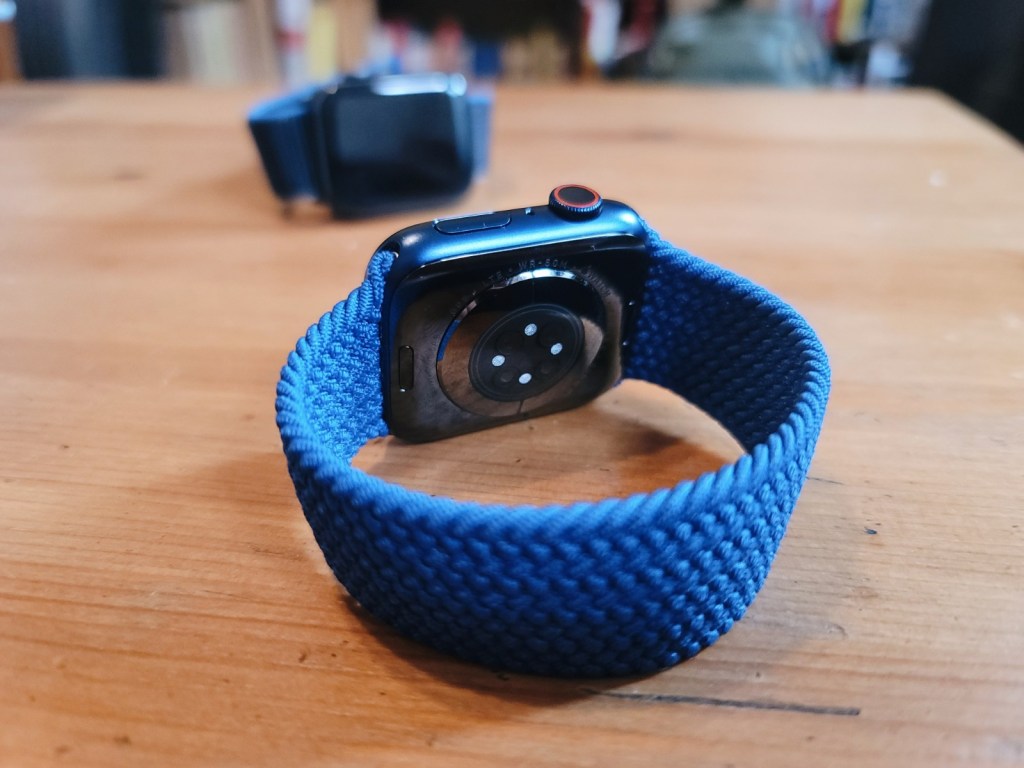Call it Apple Bandgate, if you must. It’s the latest online dustup, following Apple’s recent Watch Series 6 release. The announcement of the Solo Loop was more or less glossed over during last week’s big event, because, well, watch bands don’t often take center stage at hardware events.
As is often the case, retail availability was quickly followed by purchaser returns. That happens just about any time a new product is released, of course, but things were complicated here for a couple of reasons. For starters, the clasp-free bands come in a variety of different sizes to fit different-sized wrists. That’s further complicated by the fact that trying bands on in-store really isn’t a great option these days.
The initial returns were met with buyer frustration. For starters, many were reporting difficulty getting the correctly sized band, based on online measurements. Also many expressed frustration with a policy that required the entire watch to be sent back to Apple as part of the return process.

Apple has since clarified and addressed some of the issues. For starters, users can now just replace the band (rather than the entire Watch) either in-store or by mail. That is assuming they have the replacement size. Apparently the company’s been having some trouble keeping some of the styles/sizes in stock. The company has also updated the pricing chart for the bands with additional detail to get a better fit. The process involves printing out the tool, cutting it out and then wrapping it around your wrist. Not exactly the most high-tech or most ideal method, but it should hopefully work in a pinch.
I will say for my part that I quite like the band. It’s comfortable and it’s got a nice elastic spring that adheres nicely to movement. I’m a fan of the braided version in particular. That said, the company seemed to have triangulated my potential size and gave me a couple of options to try. One of them fits nicely. Not everyone has the ability to do that from home, so you’ll want to get it as close as you can using that tool.
And keep in mind, it’s not simply a comfort thing, either. Some features like the new SpO2 monitor require the right fit, otherwise it can be a bit of a frustrating experience.































Comment